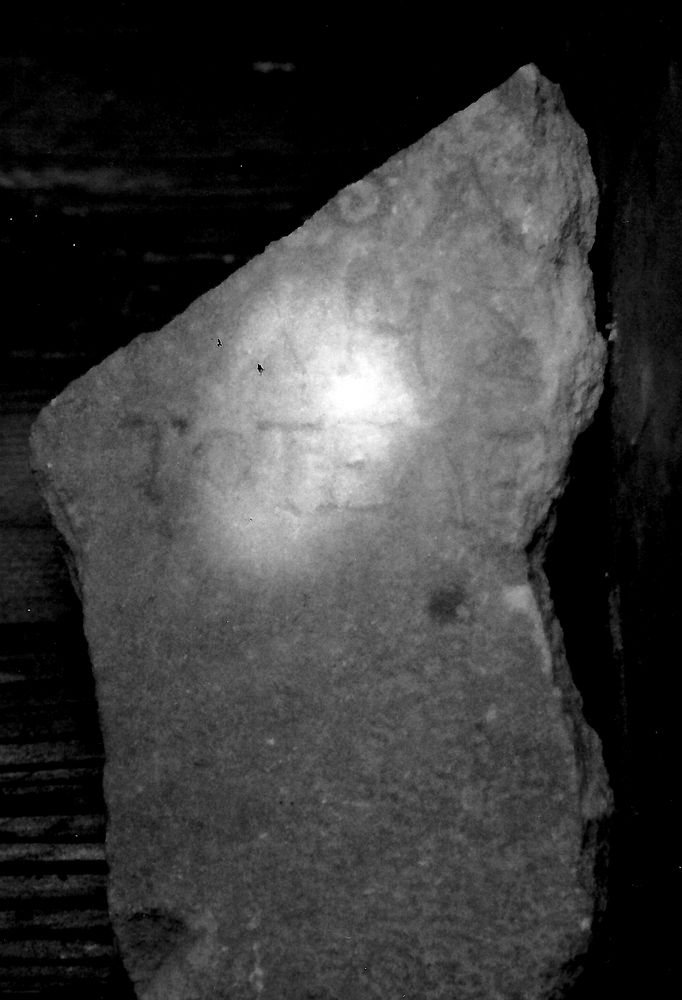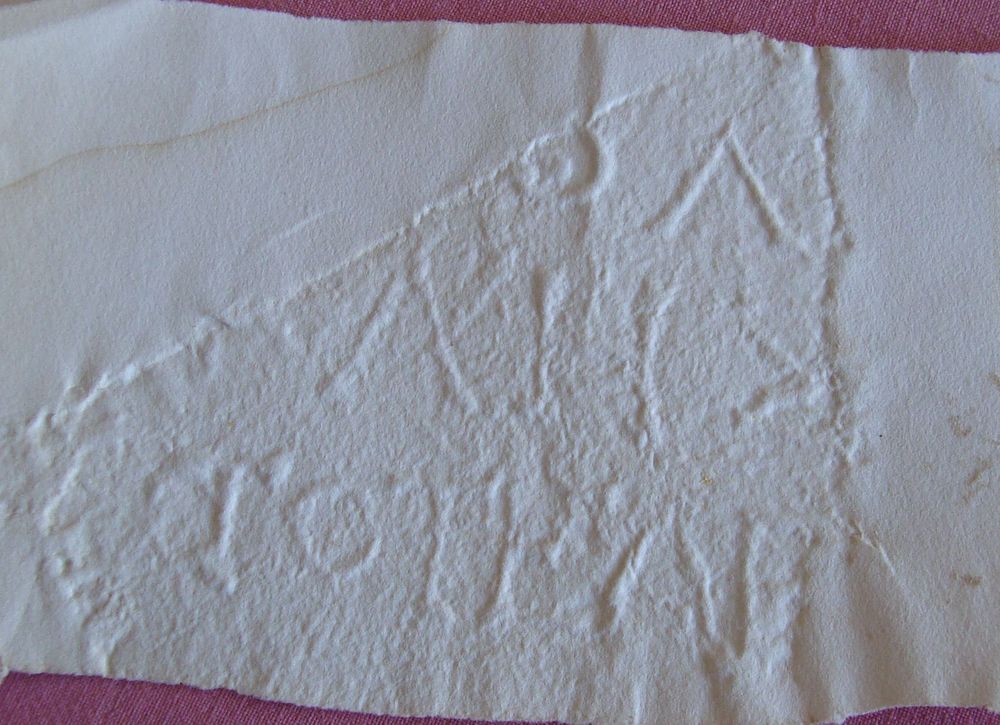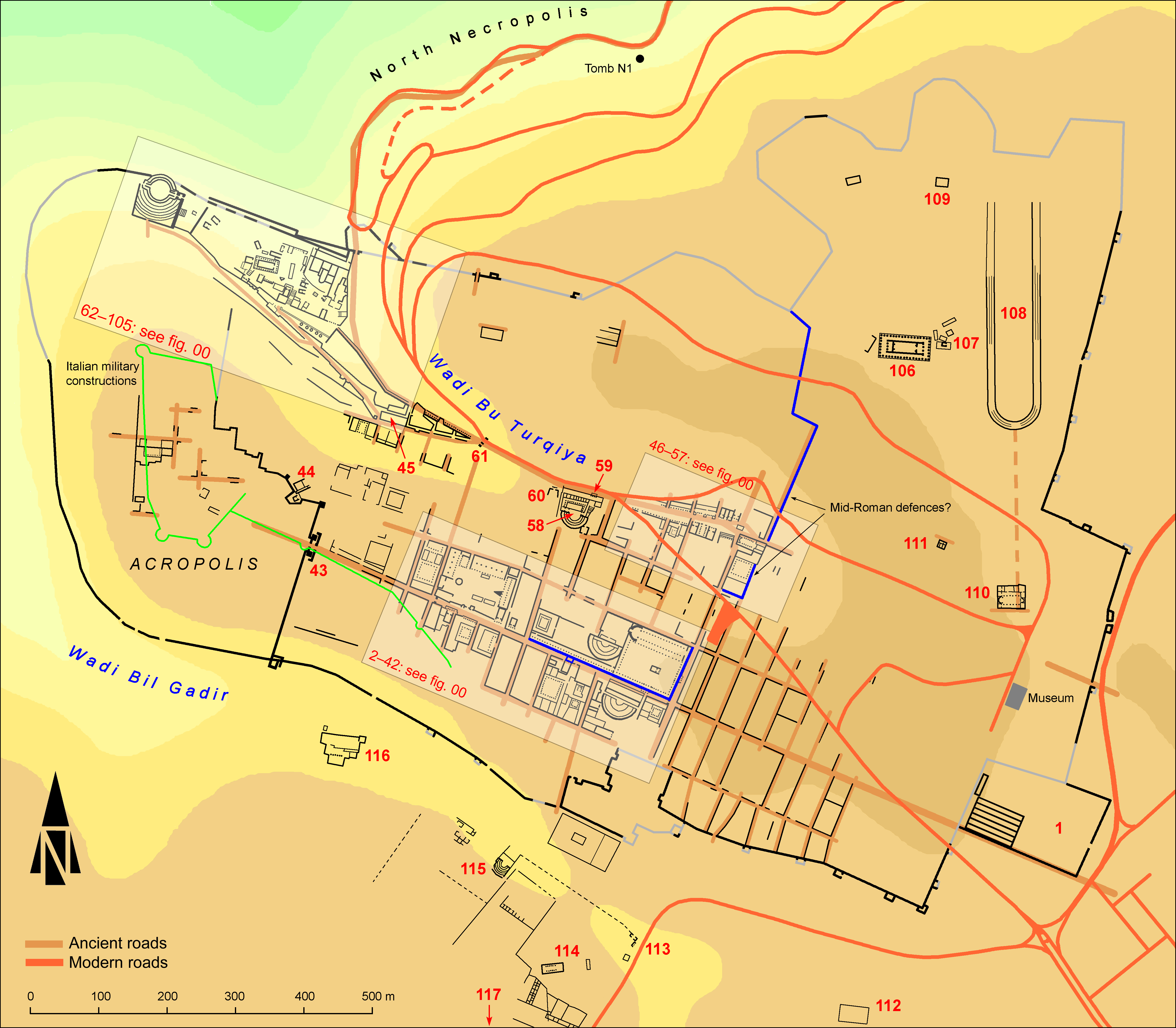EpiDoc XML:
IGCyr1320002
Trismegistos ID:
738867
Source description
Support: Fragment of a white marble block, broken off on all sides but below, where the lower edge is only chipped off; possibly complete at lower left; probably also broken off at back, unless it was a panel with a very uneven back; (w: 0.11 × h: 0.19 × d: 0.025).
Layout: Inscribed on the face, ending at 0.10 from the lower edge.
Letters: 0.012 (omicron) to 0.019 (epsilon, eta) deeply cut with small serifs; non-slanting sigma.
Date: Perhaps first half of first century BC (lettering).
Findspot: Found before 2001 at Cyrene ➚: exact findspot unrecorded.
Place of origin: Findspot.
Last recorded location: Cyrene Museum, inv. number missing. Seen by C. Dobias-Lalou in 2001 in Shahat: Cyrene Museum.
Text constituted from: Transcription from stone (CDL).
Bibliography
Not published before IGCyr 132000 ➚.
Cf. Rosamilia 2023, p. 109.
Text
French translation
Intraduisible (voir commentaire).
English translation
Not usefully translatable (see commentary).
Italian translation
Intraducibile (vedi commento).
Arabic translation
غير قابل للترجمة بشكل جيد (انظر التعليق على النقش)
Commentary
What is clear in this fragment is ΚΛΗΣ at line 3, which should be the first or second member of a compound personal name. It might thus be tempting to restore at line 4 the genitive of the name Aristoteles. However, the space before the first letter at line 4 forbids to accept a linebreak inside a name. For the name at line 3 Klesippos seems to be the most probable. For the word at line 4, two restorations seem possible: one would be τελεστήριον, which is attested at Delphi and Thebai for 'offering after a good accomplishment'; the other is τελεστικόν, a word only known from Ptolemaic Egypt for a sort of tax. We would slightly prefer the former but it is better to leave the question open.
At line 2, the first preserved letter may be a dotted theta or an omicron with a marked compass-hole. The first would fit into a personal name Νίκαθλος, but this would exceed the space available. A reading Ἀπόλλωνι, 'for Apollo', seems better, but the word order in the sentence would be somewhat surprising.
Rosamilia 2023 is surely right in dating this inscription from its lettering in the middle of the first century, hence in the Roman period. This leads him to identify the man mentioned here at line 3 with the eponymous priest mentioned in an ephebic list IRCyr2020 C.701. This is perhaps hazardous because the name is restored by us in the present fragment. A further family link suggested by Rosamilia seems also quite questionable.
CC BY-NC-SA 4.0 Deed Attribution-NonCommercial-ShareAlike 4.0 International License.
All citation, reuse or distribution of this work must contain a link back to DOI: https://doi.org/10.60760/unibo/igcyrgvcyr2 and the filename (IGCyr000000 or GVCyr000), as well as the year of consultation.


